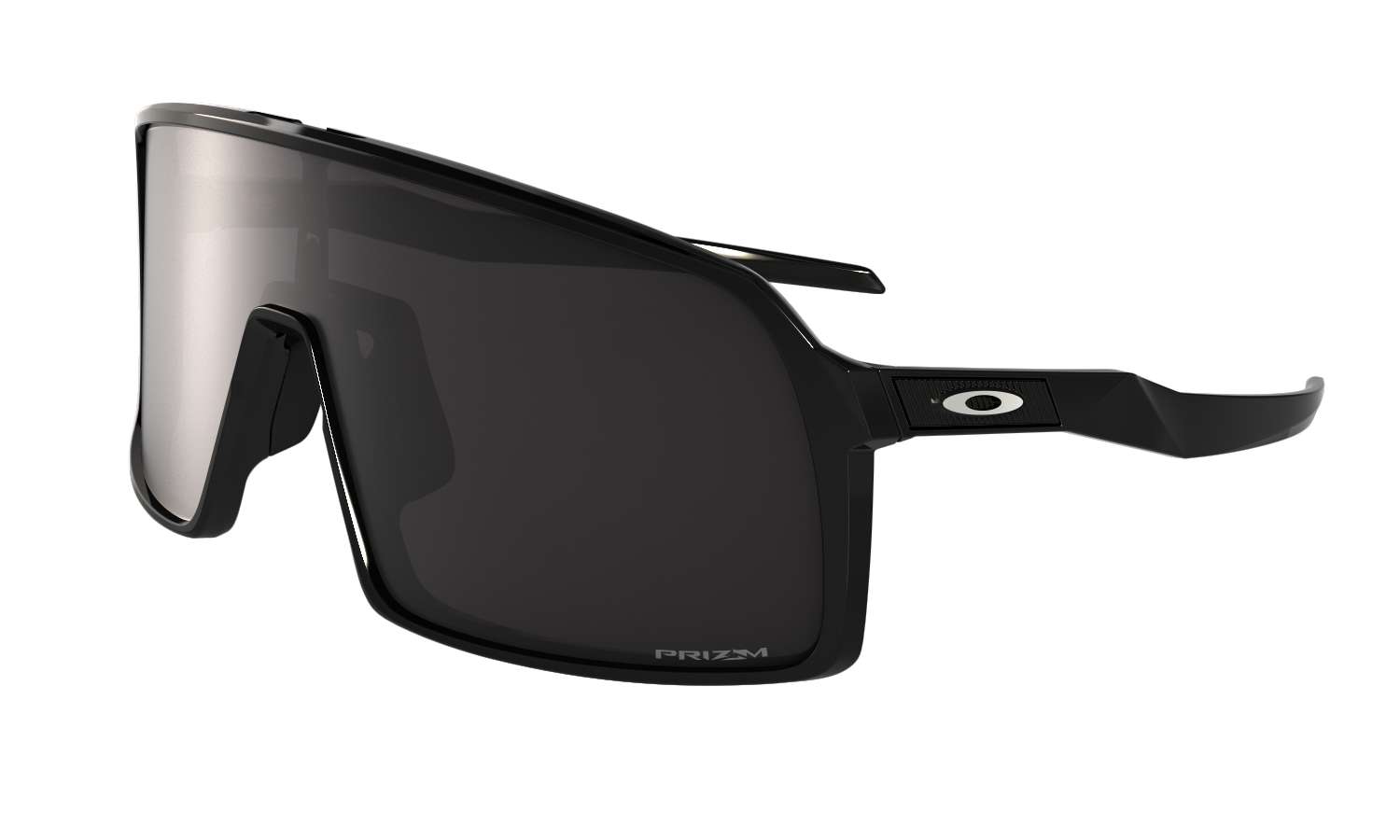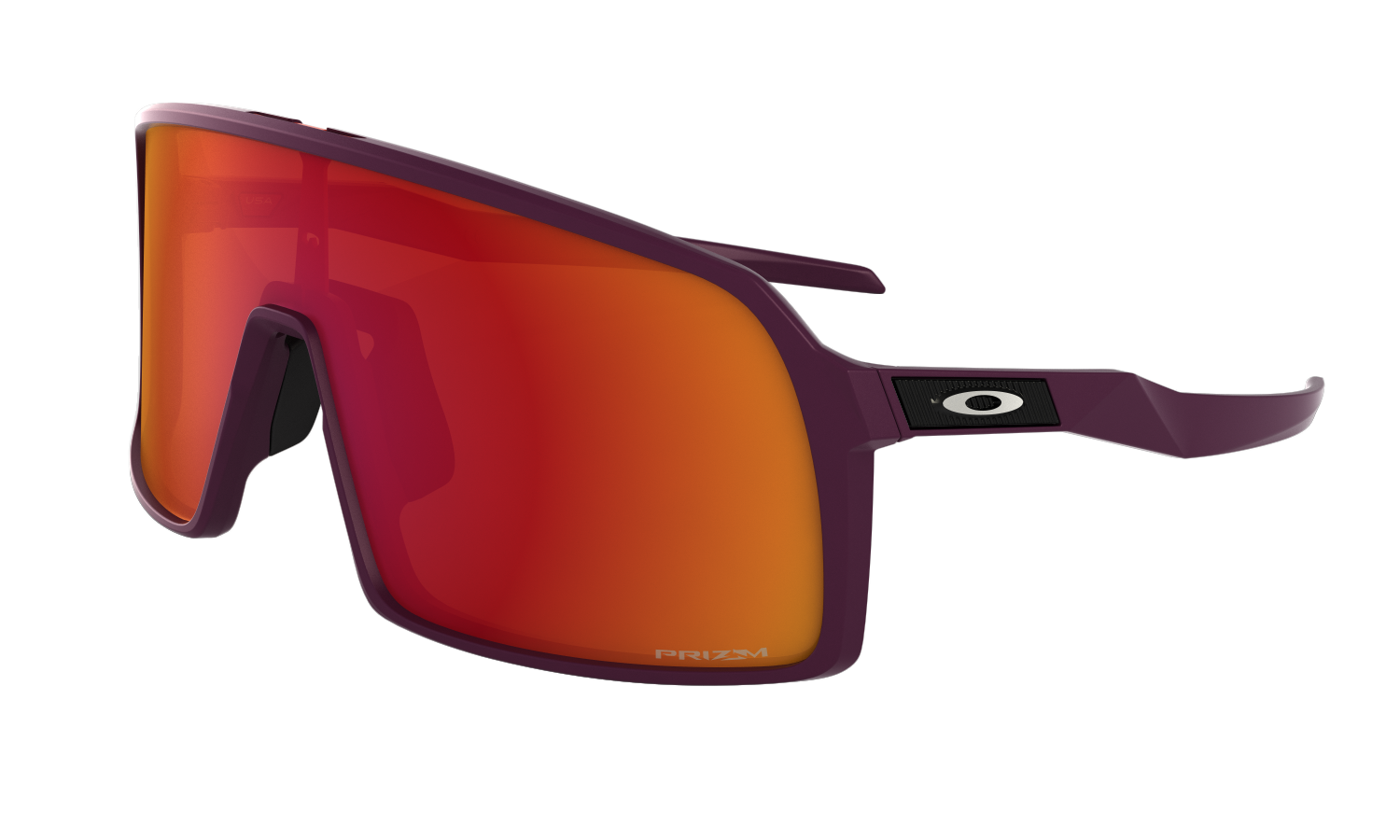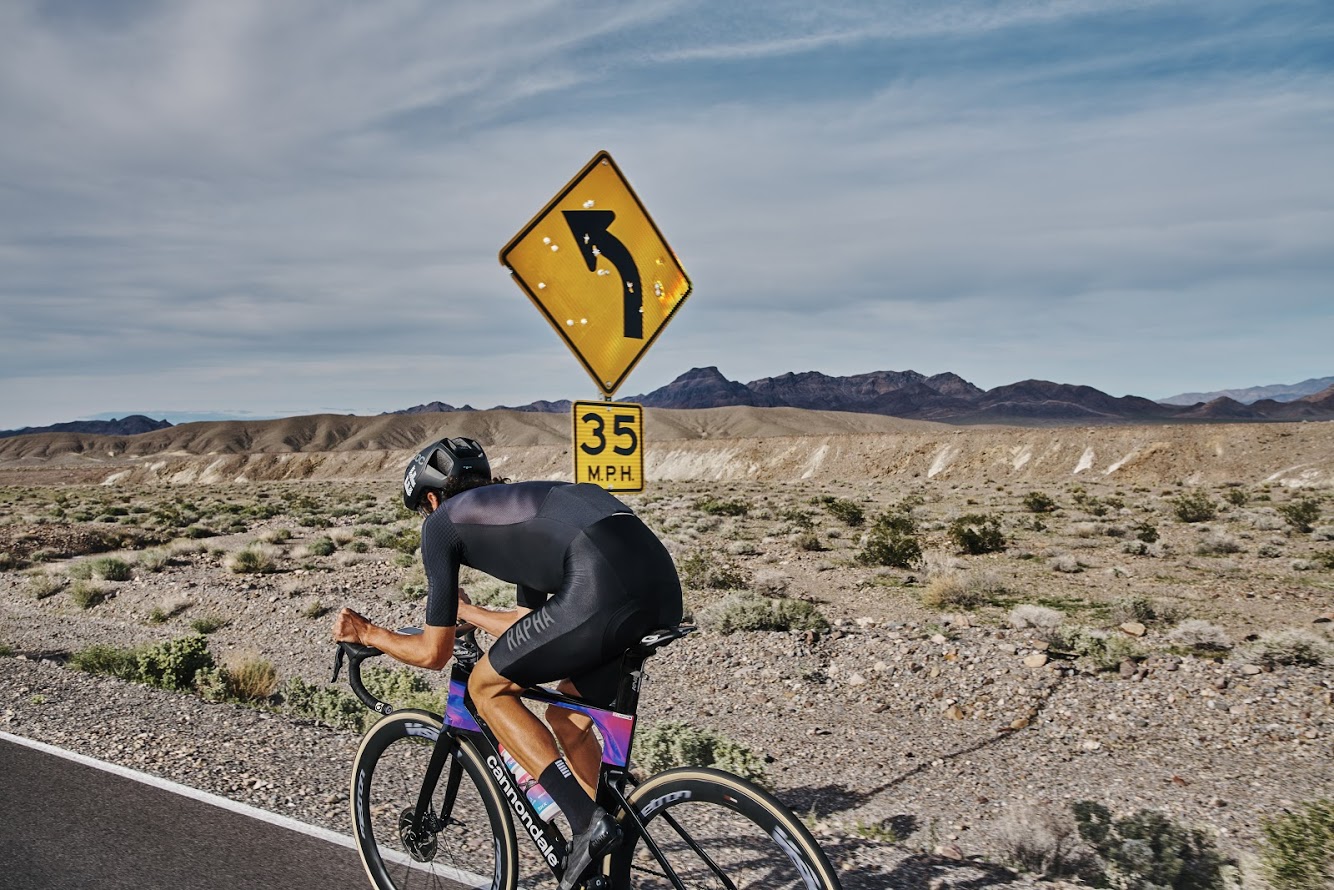Don't call it a comeback: Spengle delivers exceptional quality in their signature three-spoke
It’s difficult to pinpoint when gravel riding became a thing, but you have the Dirty Kanza, the Transcontinental, the alternative calendar and the segmentation of cycling into it’s many sub-disciplines to thank for its now ubiquity.
Put differently, gravel riding is growing. If you don’t have your own WTB set-up for punchy rides on unpaved dirt roads, you’re probably thinking about one.
A 2017 Outside article does a good job charting gravel’s come-up. That year, the number of bikes shipped in the United States fell by 4 percent from the year previous, while shipments of gravel bikes specifically continued to grow, adding $26.9 million of net new biz to the industry—more than any other category in cycling.
With that growth, new kit has come to the fore, making gravel rides ever more appealing. (You have entire apparel segments from Cafe du Cycliste, Rapha and others - traditional road companies - selling kit for gravel rides.)
To most cyclists Spengle’s three-spoke will look familiar; maybe a wheel-set seen on a bike-cafe poster or in the wild on some gravel Meet-up. It’s originality is unmistakable. Similar, but very different, say those inside Spengle, from others who’ve tried minimalist spoke designs in past (famously the retired classic Rev-x from American wheel company, Spynergy).
“Ours is a pursuit of fun on the bike, not UCI titles or podium finishes. It’s about the thrill and enjoyment of having an agile wheel underneath you, capable of doing a lot,“ explains Martin Cox, Spengle’s CMO. “This is a wheel for people who just want to go out and have a great time on their bike - a very different emotional experience from riding a deep section carbon wheel.”
Test rides reveal that not only is a gravel bike, wheelset and a compact handy and fun to ride in the hills, it also looks handsome when posing against rocks in hard to reach places.
Spengle makes about 20 carbon wheel-sets a day at their 100-percent owned manufacturing facility in Slovakia. There, they employ roughly 50 people. Their corporate HQ outside Zurich sits in a business park like any other in Switzerland.
A Factor bike sits parked in the main entry alongside a table of chamois and tri-kit samples from Scatta, with whom they share office space. There are some couches and a coffee machine, but it is otherwise sparse and very clean - a design aesthetic the company’s CEO, Pius Brauchart, tries to mimic everywhere.
This is Spengle’s second attempt at the wheel market. The first ended in 2003, when the company was run by his father. A recognized name in European mountain biking at the time, when they shuttered they’d manufactured about 60,000 wheel-sets. Twelve years later, one of the company’s engineers recognized a change in available manufacturing; it had finally caught up to the design they’d always wanted to create. Alongside Brauchart, plans to resuscitate came together and after four years of tinkering, a modernized design was reintroduced to the cycling market in late 2018.
While the response to date has been largely positive - particularly in the Austrian, Swiss and German markets where the brand is recognized - other markets haven’t been as ready to ditch their spokes just yet.
“We have something really unique to gravel and MTB riding,” explains Brauchart. “The wheel is unconventional, but it is also less susceptible to aerodynamic turbulence at high speeds, something you won’t find in a traditional spoked design. You also have a wheel which is quite polarizing - 50 percent of the people who look at it don’t like the shape, but the other 50 percent love the aesthetic.”
The company is working exclusively in carbon, but is also experimenting with Kevlar, graphene and ceramic technologies.
A set up practically custom made for handle-bar bags.
So how do they handle? I got my hands on a 3T Exploro from the company (above) fitted with their signature wheel. I find the wheel aesthetics hard to argue with. To qualify, I also thought the POC Octal was a thing of beauty. It is outstanding in its uniqueness and a head-turner hands down.
The monocoque construction dissipates stresses across uneven sections of road. It’s a ride that is both smooth and comfortable. On descents, it’s agile and responsive as described, though (and this comes from someone who rides predominantly on the road and is after speed) I wonder if on a slim profile tire they’d be faster and even more fun….hard to say after only six hours and two test rides. Still, there’s a lot of joy to be found here.
I like them for their originality, but also for the energy of the people behind it. Clearly they believe they are delivering something unique to the gravel segment, reintroducing something different to MTB, and on the road, too, as they prepare to release new 700c disc models later in 2019.
At the price point, they are striking and a little space-age. If that appeals, you’re landing on a wheel-set with a 30-year heritage - nothing to scoff at. It might be a lot to ask of the market to abandon spokes completely, but in this versatile, do-everything wheel, they might have just found a reason to consider it.
A set of the three-spoke wheels retails for 1490 euros. Find out more here.
A three-spoke 700c wheelset for road is set for Summer 2019 release.

















